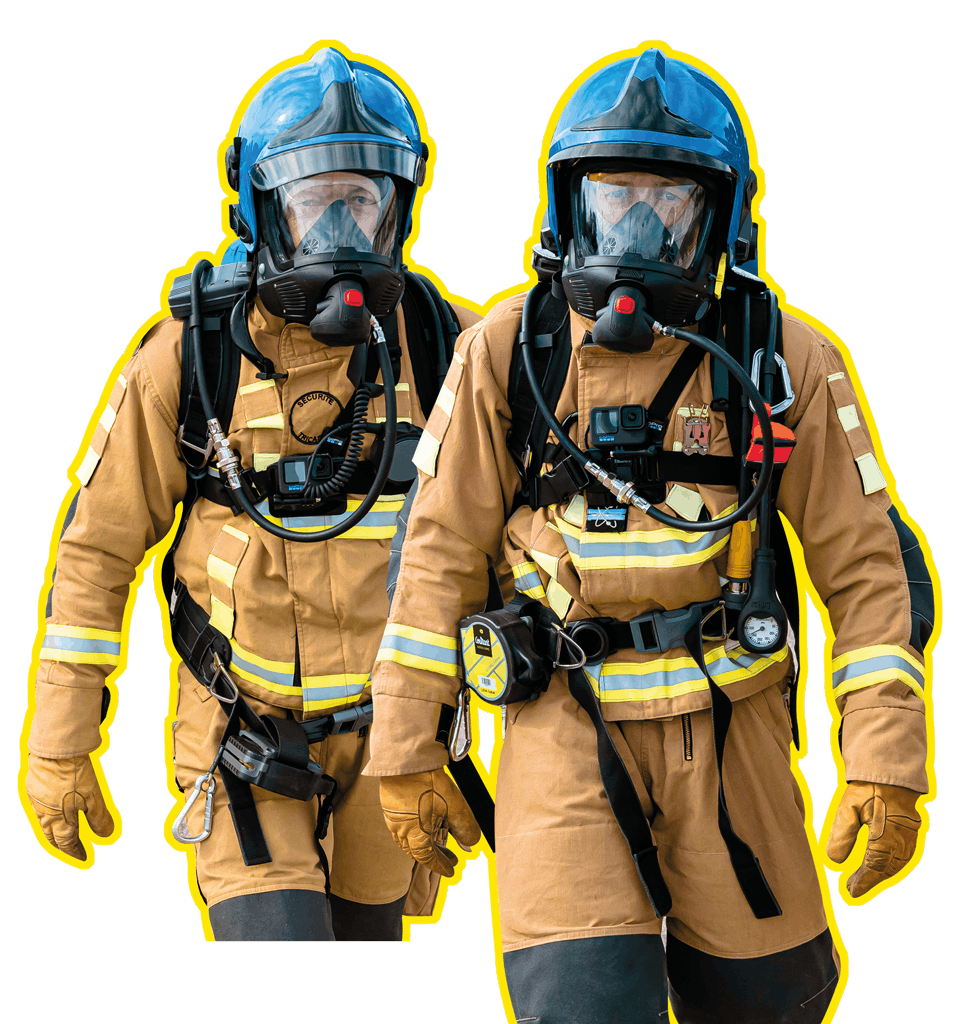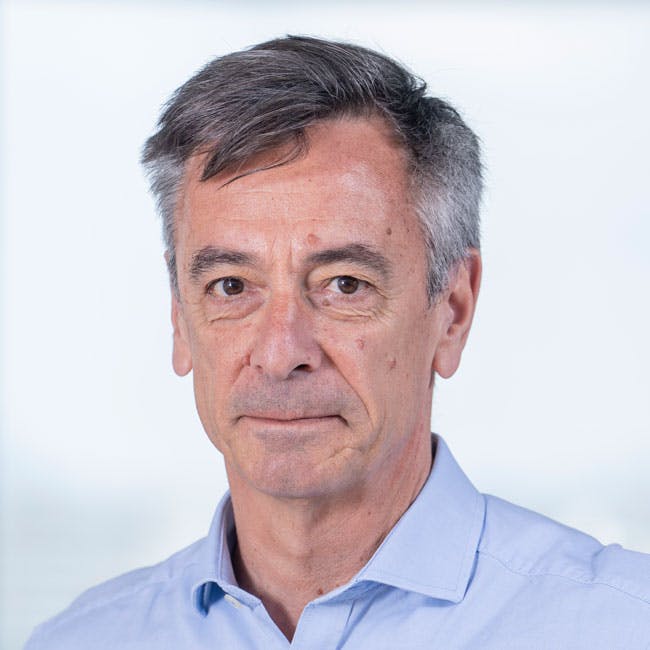Delving intoPROTECTION SYSTEMSat Orano
In the face of constantly changing threats such as espionage, terrorism and malicious acts, protection concerns everybody. Learn more about how the safety of sites and employees is guaranteed, alongside committed teams trained in excellence and regarded as Orano’s “guardian angels."


5 questions for
Laurent Isnard
Chief Protection Officer
If you had to define protection in one word, what would you choose?
Adaptability. At Orano, we encourage each employee to be proactive in their protection.
As such, through awareness of potential threats, everyone can adapt to their environment by adopting best practices, the first line of defense for ensuring the safety of all.
How do you guarantee the safety of sites and people?
Protecting a nuclear site is based on three priorities:
people, materials and facilities, as well as intangible assets such as the protection of sensitive information and our know-how. Wherever they are, traveling for business or on site, in France or abroad, our employees and subcontractors must be safe. We need to cope with unstable environments and various dangers in different regions of the world: political unrest, conflicts and insecurity, not to mention unexpected natural disasters.
What kind of systems have been set up?
Systems must be designed to counter all types of malicious act. In particular, we have project teams made up of engineers in dedicated engineering departments that design systems for protecting facilities. Strict protocols, regular crisis drills and Orano-specific training courses are deployed to meet the specific characteristics of each Group site.
We often hear people talking about nuclear safety and protection: do these two missions require different skills?
Safety and protection are complementary. Making our employees safe means dealing with an event that could impact their health. Protection aims to protect them from an external act that might jeopardize their security or the operation of the site.
One of these prevails over the other depending on the event. For example, our firefighters are also trained and equipped to act effectively in the face of an intrusion, which could have consequences for employees’ health and put them physically at risk.
What are your main concerns?
Nowadays, a major subject of concern is the fight against industrial espionage. Orano must safeguard its expertise and the innovative technologies developed by the Group. The challenge lies in controlling and safeguarding the sharing of knowledge.
